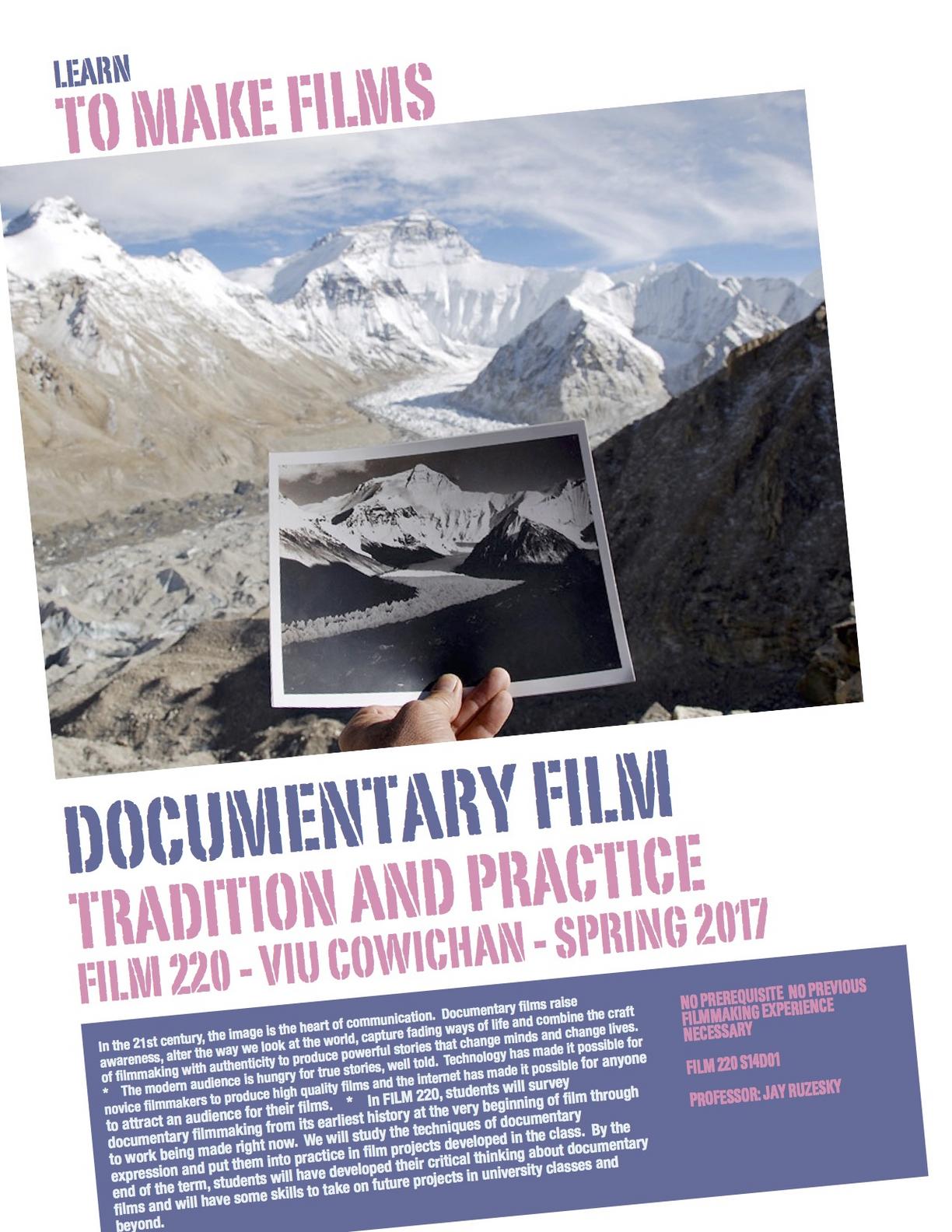FALL 2016 – COURSE DESCRIPTIONS
| Course Number | Course Description | Professor |
|---|---|---|
| 203 | Intermediate Academic Writing | Rout |
| 204 | Business and Technical Writing | Multiple Instructors |
| 208 | Introduction to Public Speaking | Multiple Instructors |
| 221 | North American Indigenous Literature | Thompson |
| 230 | Literature and Popular Culture | Hagan |
| 231 | Speculative Literature | Wytenbroek |
| 233 | Literature and Film | Armstrong |
| 240 | Ways of Reading Cowichan; blended/online/video conference to Nanaimo and Powell River |
Carpentier |
| 273 | Ancients and Moderns | Lepage |
SPRING 2017 – COURSE DESCRIPTIONS
| Course Number | Course Description | Professor |
|---|---|---|
| 204 | Business and Technical Writing | Multiple Instructors |
| 208 | Introduction to Public Speaking | Multiple Instructor |
| 220 | Canadian Literature in Context | Smith |
| 222 | Travels in World Literature | Martin |
| 230 | Literature and Popular Culture Cowichan; blended/online |
Ledwell-Hunt |
| 232 | Children’s Literature | Wytenbroek |
| 240 | Ways of Reading | Burgoyne |
| 274 | Traditions and Transformations | Stanley |
| 280 | Book Club | Torkko |
| FILM 220 | Special Topics in Film Studies | Ruzesky |
FILM 220: Special Topics in Film Studies
NOTE: Any course descriptions or reading lists here are tentative. Check back for updates.
Note the prerequisites for composition courses: “a minimum C in each of two first-year university English courses (one of which is usually Engl 115)”; and for literature courses: “Min. 6 credits of first-year university English courses, with at least one literature course, and a minimum grade of “C” in both. Students who have achieved a minimum “B+” in ENGL 125 or ENGL 135 may take ENGL 273 concurrently with their second first-year English course.” Students who complete LBST 111 and LBST 112 to satisfy the Degree English Requirements, and attain a minimum grade of “C” in both, will be considered to have met the prerequisites for all second-year ENGL courses.
Fall 2016 – Course Descriptions
ENGL 221: INTERMEDIATE ACADEMIC WRITING
Professor Katharina Rout

“A writer should have the precision of a poet and the imagination of a scientist.”
Vladimir Nabokov’s idea of a writer encourages us on our search for the right word, the new idea, our own voice. Join us in ENGL 203 where you will learn to write with greater clarity, simplicity, directness, and style, and where you will experience writing as a kind of thinking and a means of discovery.
In a series of short papers and in seminar and workshop discussions we will respond to material with a global perspective—western and nonwestern, visual and verbal—to explore the compositional techniques writers have employed across time and cultures. You will learn the fundamentals of rhetoric and further develop your ability to generate, shape, and synthesize ideas in your own writing.
Writing is communication, and most effective if we learn to put ourselves in our readers’ shoes. Last but not least, you will find that writing is a means of empowerment when you find and strengthen your voice.
Text:
Austin, Michael. Reading the World: Ideas That Matter. 3rd ed. New York: Norton, 2015.
ENGL 204: BUSINESS AND TECHNICAL WRITING
Multiple Sections
An introduction to business and technical communication skills with a focus on documents (such as letters and reports) and presentations. Topics may include planning, outlining, summarizing, presenting data, handling references, and editing. The course comprises several practical assignments, including a formal report and an oral presentation. ENGL 204 was formerly called ENGL 225; credit will not be granted for both courses.
ENGL 208: INTRODUCTION TO PUBLIC SPEAKING: COMMUNICATION
Multiple Sections
An introduction to public speaking that focuses on the creation, organization, and delivery of speeches for non-dramatic purposes. It provides the rhetorical principles of effective and ethical public speaking, offers opportunities to become familiar with different speaking situations, and attempts to instil a sense of the importance of public speech. ENGL 208 was formerly called THEA 203; credit will not be granted for both courses.
ENGL 221: NORTH AMERICAN INDIGENOUS LITERATURE: ORALITY, LITERACY, TRANSFORMATIONS, RECONCILIATIONS
Professor Dawn Thompson
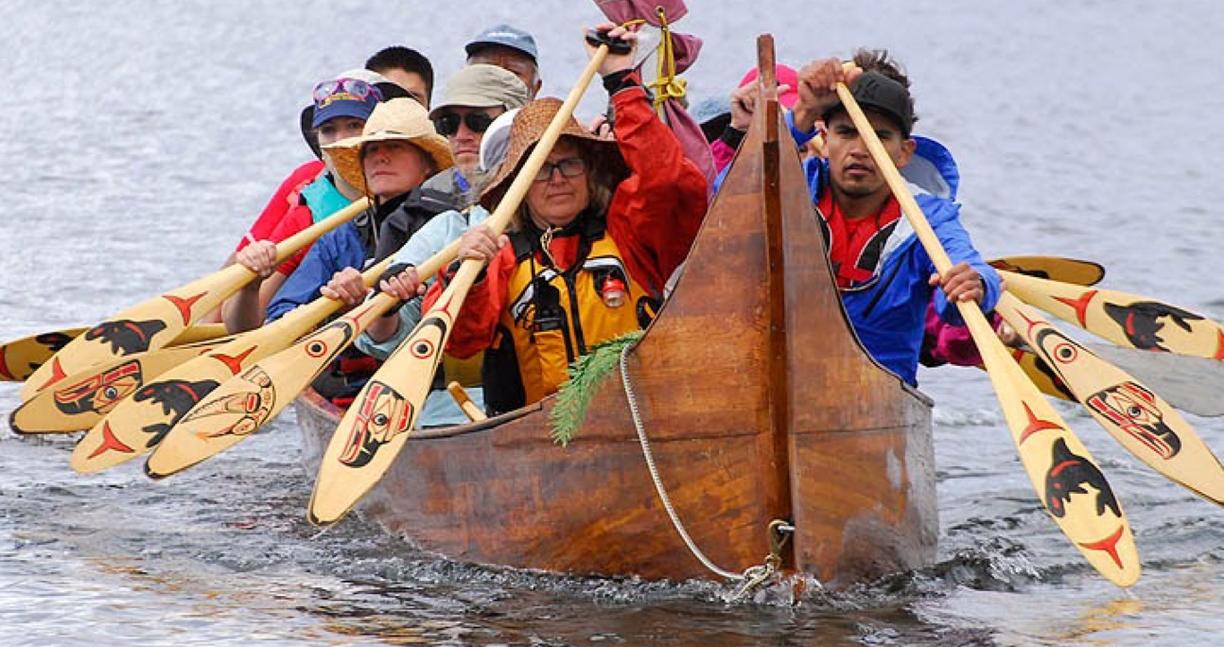
“Na’tsa’maht Shqwaluwun” (“one heart, one mind”) is the motto for this course, as it is about bringing together: bringing together people who are interested in Indigenous literatures; bringing together Western academic and Indigenous perspectives on literature; and bringing together, in a respectful way, different cultures and ways of being in the world. Because that is what Indigenous literatures do: they find remarkable ways to merge the story and song tradition of oral cultures with the literary tradition of novels, poetry and drama in order to reach out to, and transform, readers from all cultures.
Thus we will see how these works use western literary forms to reflect and transform oral and literate ways of knowing and being, and we will experiment with a variety of responses to them. In the process, we will learn about the radical differences between oral and literate cultures, how they impact peoples’ visions of themselves, of language, and of the world. And we will see how when the two are brought together, they can create something new. We will consider a number of different genres, with possibilities including transcribed orature, fiction, drama, poetry, essays, and film.
Readings may be selected from the following:
- Joseph Boyden, Three Day Road
- Maria Campbell, from Stories From the Road Allowance People
- Marie Clements, Unnatural and Accidental Women
- Julia Cruikshank, “The Social Life of Stories”
- Paula Gunn Allen “Kochinennako in Academe”
- Thomas King, “Postcolonial vs Godzilla”
- Thomas King, from The Truth about Stories
- Lee Maracle, Celia’s Song
- Leanne Simpson, Islands of Decolonial Love
- Gerald Vizenor, Harold of Orange
- Ellen Rice White, from Legends and Teachings of Xeel’s The Creator
ENGL 221 was formerly called ENGL 213 and ENGL 214; credit will not be granted for both courses.
ENGL 230: LITERATURE AND POPULAR CULTURE: ESPIONAGE FICTION
Professor Sandra Hagan
Whom can you trust? Stories of espionage play on readers’ anxieties about one another to create thrilling plots that expose a web of themes involved in human interrelatedness. Besides the twin concerns of trust and betrayal, such stories encourage us to consider questions of identity. Can you ever really know anyone else—or yourself? Is there a fixed identity—a you—that would persist even if you went undercover? And where does one’s first loyalty lie—to self or to socio-political organizations, including one’s country? In this course, we will explore such themes over a broad range of espionage stories, complicated by gender and by political context. We’ll begin with the roots of the genre in the nineteenth century and then explore some of the most popular espionage fiction of the 20th and 21st centuries. With the recently dubbed phenomenon “Chick Noir,” we’ll discuss how espionage fiction is once again exploring the intimate space of domestic relations where it began with the Victorian Sensation Novel. We’ll discuss also the notion of privacy as it relates to the radical sharing encouraged by social media. If, as Dave Eggers’ technological thriller The Circle claims, “privacy is theft” in a communal social media space, is the concept of spying meaningless? Or have we simply sanctioned the very gaze that once was considered illicit.
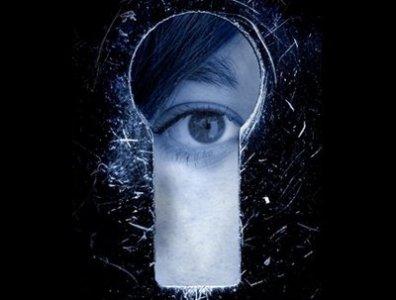
Readings will be selected from texts such as these:
Literature:
James Fenimore Cooper, The Spy; or, a Tale of the Neutral Ground
Wilkie Collins, The Woman in White
Somerset Maugham, Ashenden: or The British Agent
Liam O’Flaherty, The Informer
Louise Fitzhugh, Harriet the Spy
John le Carré, Tinker Tailor Soldier Spy
John le Carré, Little Drummer Girl
Robert Ludlum, The Bourne Identity
Gillian Flynn, Gone Girl
Dave Eggers, The Circle
Film and television:
Goldfinger
Alias
The Americans
Spy (Melissa McCarthy)
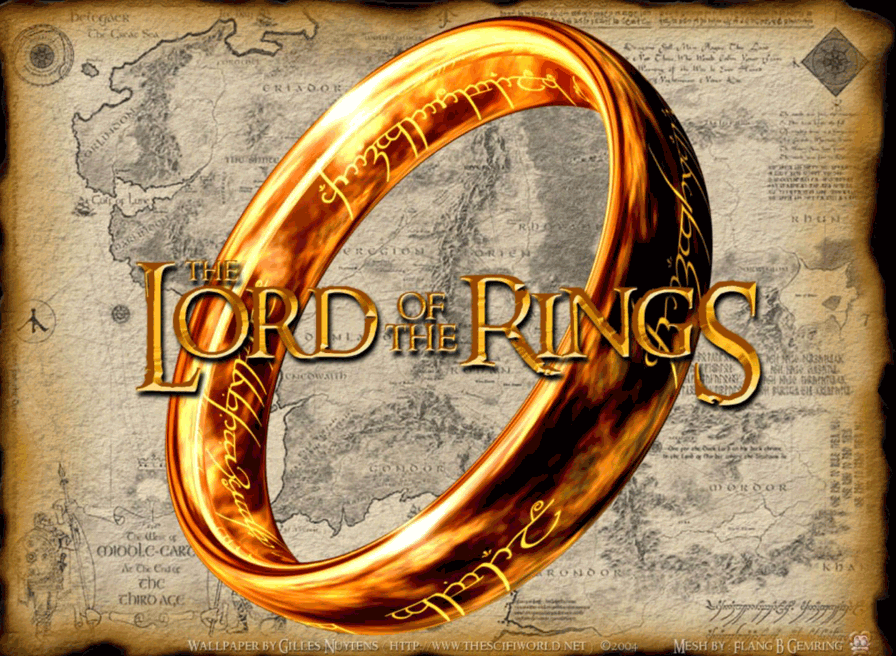
ENGL 231: SPECULATIVE LITERATURE
Professor Lynn Wytenbroek
This course will examine the fantasy tradition as it has developed over the last century, while discussing its deep roots in mythology. We will look at some of the great works of fantasy that helped establish the genre while also discussing some contemporary offerings. Fantasy literature (and film) includes a rich tradition that is often overlooked in academic courses but which offers the discerning reader great diversity and delight.
ENGL 233: LITERATURE AND FILM: POPULAR AMERICAN LITERATURE ON FILM
Professor Clay Armstrong
Students will examine prominent literatures and notable film adaptations from mid-20th century and following. We will think about why the selected works have had lasting impact in academic and cultural contexts, as well as the ways that film adaptation can either enrich or confuse the overarching themes of these works. As a priority outcome, students will acquire the research tools and vocabulary to better analyze literary adaptations and the film medium. Note that our class meets for three hours on Thursday evenings in a theater room.
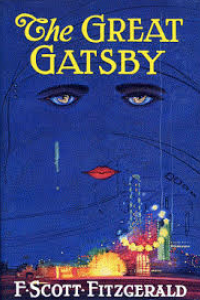
In addition to selected criticism, major readings include:
Scott Fitzgerald, The Great Gatsby
Harper Lee, To Kill a Mockingbird
Truman Capote, In Cold Blood
Tennessee Williams, Streetcar Named Desire
Jack Kerouac, On the Road
SE Hinton, The Outsiders
Additional film adaptations to be studied may include: Native Son, The Crucible,One Flew Over the Cuckoo’s Nest, Cat on a Hot Tin Roof, Full Metal Jacket or Apocalypse Now, Fight Club, The Notebook, Stand by Me.
ENGL 240: WAYS OF READING
Cowichan Campus (blended/online & video conferenced to Nanaimo and Powell River)
Professor Sally Carpentier
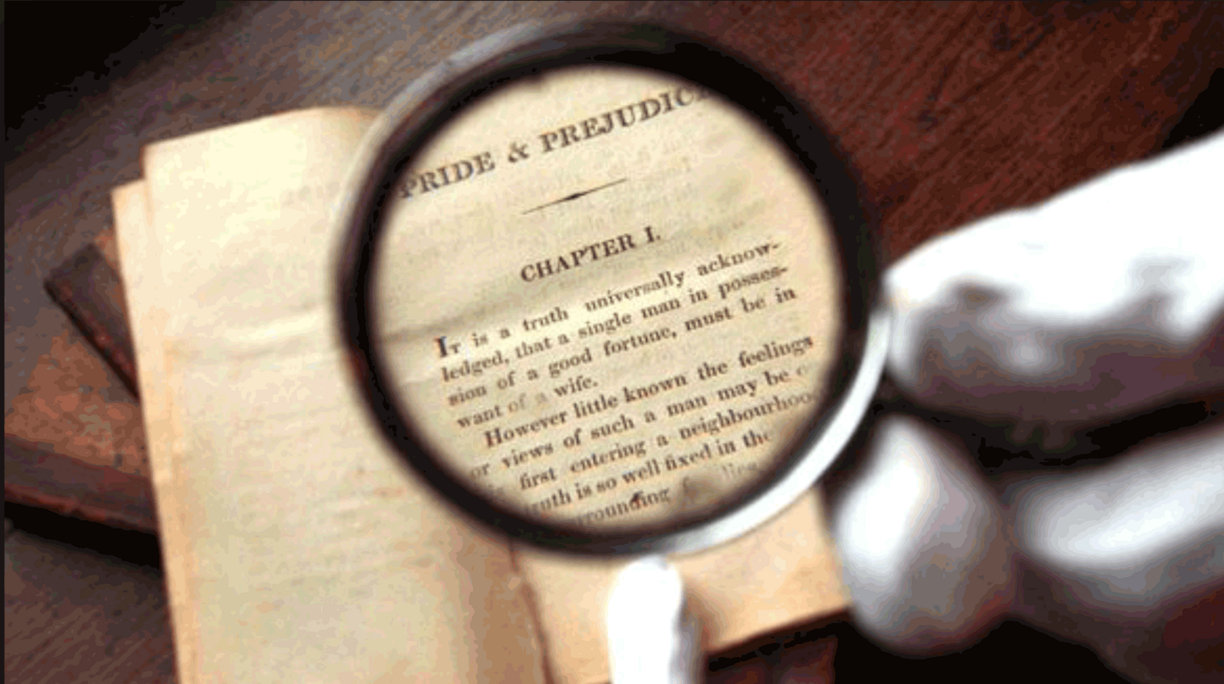
ENGL 240: Ways of Reading is an introductory course to a variety of ways of reading. This course is both theoretical and practical. Students will learn the critical vocabulary associated with each critical theory and then apply it in the reading of one text. Jane Austen’s Pride and Prejudice will constitute the site of our critical activity. No prior knowledge of theory is necessary; however, by the time the course is over, students will be equipped to read a variety of texts in multiple ways regardless if your discipline of choice is psychology, anthropology, criminology, philosophy or business.
ENGL 273: ANCIENTS AND MODERNS
Professor John Lepage
This course will examine ways in which literature uses animals to mirror human identity while satirizing social morality. The course will reflect the relationship between ancient literary traditions, in which social relationships and hierarchies are upset (including those of tradition itself), and modern social and literary preoccupations. The texts are mostly comic and often spectacularly funny, but there is always a serious edge. So as to offset the potential for self-seriousness in a course of literary study, at least one of the texts (Aristophanes’The Frogs) uses animals as a way of mocking literary pretensions. We will discover that to make its own claims literary greatness (or simply dignity), comic literature must from time to time mock serious literature.
Texts:
The Fables of Aesop (trans. Laura Gibbs, Oxford, 2008))
Aristophanes, Birds (trans. Stephen Halliwell; Oxford, 2008)
Apuleius, The Golden Ass (trans. P.G Walsh; Oxford, 2008)
Shakespeare, A Midsummer Night’s Dream (Folger Library/Simon and Schuster, 2003)
Swift, selections from Gulliver’s Travels (handout)
Saki, “Tobermory” (handout)
Bulgakov, Heart of A Dog (trans. Mirra Ginsburg; Grove, 1968)
Ionesco, The Rhinoceros (trans. Martin Crimp, Faber and Faber, 2009)
Spring 2017 – Course Descriptions
ENGL 204: BUSINESS AND TECHNICAL WRITING
Multiple sections
An introduction to business and technical communication skills with a focus on documents (such as letters and reports) and presentations. Topics may include planning, outlining, summarizing, presenting data, handling references, and editing. The course comprises several practical assignments, including a formal report and an oral presentation. ENGL 204 was formerly called ENGL 225; credit will not be granted for both courses.
ENGL 208: INTRODUCTION TO PUBLIC SPEAKING: COMMUNICATION
Multiple Sections
An introduction to public speaking that focuses on the creation, organization, and delivery of speeches for non-dramatic purposes. It provides the rhetorical principles of effective and ethical public speaking, offers opportunities to become familiar with different speaking situations, and attempts to instil a sense of the importance of public speech. ENGL 208 was formerly called THEA 203; credit will not be granted for both courses.
ENGL 220: CANADIAN LITERATURE IN CONTEXT
Professor Toni Smith
Theme: Recognizing Race in the Canadian Mosaic
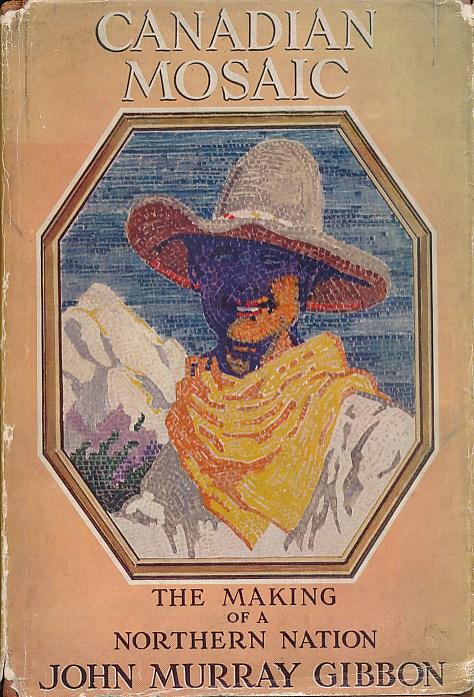
Despite our reputation as a multicultural, egalitarian country, as a colonial nation, Canada has a long history of being obsessed with race. Although pre-confederation settler groups were racially diverse and had complex relationships with their First Nations neighbours, post-confederation nationalism brought a whole new urgency to the bureaucratic and cultural issue of defining both “Whiteness” and “Other.” In this course, we will read widely from across the 19th, 20th, and 21st centuries to learn more about the ways in which “mainstream white Canada” came to be; the history of the “Canadian Mosaic”, and how writers from non-white or so-called “hyphenated-Canada” have responded to these categories over the decades.
Race is a complex and emotionally charged topic; join us and learn more about why that is and how literature can give us the language we need to be able to learn from each other.
Texts:
Moss, Laura and Cynthia Sugars, eds. Canadian Literature in English: Texts and Contexts, Vol 2. Toronto: Penguin, 2009.
Laurence, Margaret, The Diviners
MacLeod, Alistair, No Great Mischief
Choy, Wayson, The Jade Peony
Wagamese, Richard, Medicine Walk
ENGL 222: TRAVELS IN WORLD LITERATURE
Professor Jeannie Martin
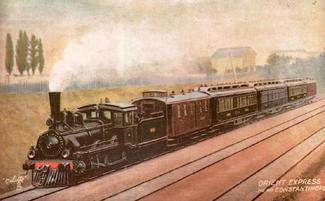
Do you feel, as James Boswell did in his 1764 Grand Tour Journal, that you were “made for travelling”? Do you long to strap on a backpack, hit the road, and venture out into the waiting world?
You are not alone. Since the dawn of writing in the western world, the traveller has often presented such journeys as a quest to find one’s self and place in the world. From pilgrimage to crusade, from Marco Polo in the east to Captain Cook in the west, from the 18thcentury Grand Tour of Europe to the modernist mystery on the Orient Express, travellers throughout history have produced a rich archive of writing about the picturesque, the foreign, the exotic, the other. In our own age of mass market tourism, books about travel are spectacularly popular, yet travel writing raises all kinds of questions about the ethics of presenting the truth of another place, another culture. This semester, as we dig into the technologies of telling the story, we will sample some of the most provoking historical travel writing along with some of the most popular contemporary texts extolling the thrills of daring and difference in today’s globalized world.
Tentative Texts
Amitav Ghosh, In an Antique Land
Carl Thompson, Travel Writing: The New Critical Idiom
Elleke Boehmer, Empire Writing
Klara Glowczewska, ed., The Condé Nast Traveler Book of Unforgettable Journeys: Volume II
Orhan Pamuk, Istanbul: Memories and the City
V.S. Naipaul, The Middle Passage
ENGL230: LITERATURE AND POPULAR CULTURE: WOMEN AND POP CULTURE
Professor Janis Ledwell-Hunt
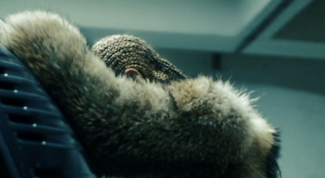
What can the study of popular culture teach us about literature? What can the study of literature teach us about mediatized representations we popularly—and sometimes, blindly—consume?
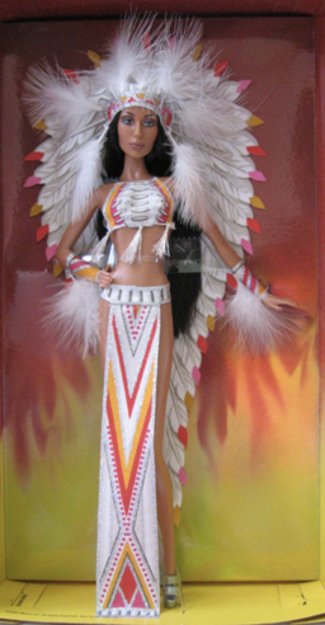
This course explores these questions as a way to examine contemporary constructions of girlhood, womanhood, and femininity. As just a small sampling, we’ll move through Beyoncé’s 2016 Visual Album Lemonade; to the gendered and racialized politics of hair; to stereotypes of “Crazy Cat Ladies,” “Indian Princesses,” and “Manic Pixie Dreamgirls.” In studying each of these representational tropes which popularly construct femininity, we will consider their literary precedents. For example, how does Beyoncé’s
Lemonade draw from Warsan Shire’s poetry? Where does The Crazy Cat Lady hide in literature? How has literature cared about something as seemingly inconsequential as women’s hair? How have Indigenous literatures satirized and subverted The Indian Princess?
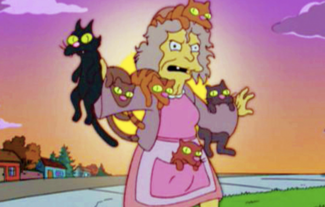
This course invites students to explore a vast range of short texts: drawn from essays, novellas, short stories, poems, plays, television programs, films, paintings, performances, board games, and Tumblr feeds. Throughout the semester, students will learn to apply critical lenses emphasizing gender, sexuality, race, class, and age. Readings will be assembled in a course pack available for student purchase through the campus bookstore, and visual texts will be shown in class. Please note that this course is offered as “blended delivery,” which means that students can attend class in person (on the Cowichan Campus), or as online students (from any computer).
ENGL 232: CHILDREN’S LITERATURE
Professor Lynn Wytenbroek
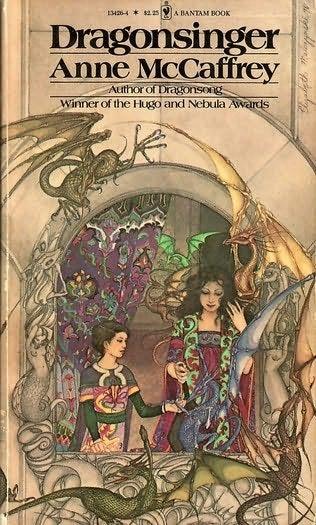
“To teach and to delight” is, perhaps, the best description of really good children’s literature. “Teaching” without “delight” creates moralistic, didactic novels that no child really wants to read while “delighting” without “teaching” can lead to a lot of mindless, if entertaining, books. Children’s literature has a long history, and has changed enormously over that time in some ways. And yet there are commonalities between the oldest texts for children and the most recent children’s literature, including the fact that much children’s literature, from picture books for very young children through to novels for young adults, reflects the world to young readers in ways they can grasp yet which present a reality that is not always easy or kind. This course will examine both older and contemporary texts for children and young adults across the genres, looking particularly at how they reflect reality, preparing their young readers for the real world while entertaining them at the same time.
ENGL 240: WAYS OF READING
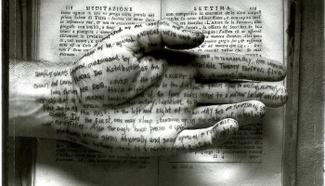
Professor Daniel Burgoyne
This course explores different critical approaches to reading and analyzing literature. We’ll look at some of the history of literary theory, and we’ll apply different approaches to several literary works. As Anne Stevens puts it, “Literary theory gives you a way to step back and think about the constructedness of culture and to reflect upon your own preconceptions” (14). An introduction to literary theory will also help you understand English as a discipline of study in the university.
Anne H. Stevens’ Literary Theory and Criticism (Broadview Press) will provide the background and introduction to different theories and issues. In order to apply different approaches to reading and interpretation, we’ll read four main works. Two of these are extended examples that Stevens uses: Shakespeare’s Hamlet (we’ll watch a film adaptation) and Mary Shelley’s Frankenstein. The other two are Ann Radcliffe’s novel A Sicilian Romanceand James De Mille’s A Strange Manuscript Found in a Copper Cylinder. Each of these novels reflects on reading and interpretation, posing opportunities and challenges to readers. Each also epitomizes major issues and developments in the period it was written as well as in a later period when it was critically recognized.
You don’t need to know any of these theories before we start, but you will be asked to learn about a number of different theories and apply them to the works we are reading to produce your own analyses.
Texts:
Anne H. Stevens, Literary Theory and Criticism (Broadview)
Ann Radcliffe, A Sicilian Romance (Oxford)
James De Mille. A Strange Manuscript Found in a Copper Cylinder (Broadview)
Mary Shelley, Frankenstein (Broadview 3rd edition of the 1818 text)
William Shakespeare’s Hamlet (Oxford, but any edition will do)
ENGL 274: TRADITIONS AND TRANSFORMATIONS—THE WITCH IN LITERATURE
Professor Marni Stanley
The witch is a complex figure in literature, she can be used to evoke the unsettling boundary of the human, the threat of magic or transformation, the danger of women’s sexuality (let’s not forget the word “glamour” comes from the Scots “to bewitch”). Many women writers use the figure of the witch to explore issues of women and anger, women and sexuality, women and justice. We will begin with excerpts from the malleus mallificarum (the Hammer Against Witches) and then read a selection of the many great women poets who have tackled the subject of the witch including Atwood, Plath, Duffy, Lochhead, Sexton, Nash, and Boland. Many of these women use the witch specifically to address issues of misogyny and gender. Additional texts will include trial excerpts, essays, short stories, and comics.ENGL 280: BOOK CLUB– BEST SELLERS AND POPULAR FICTION
Professor Deborah Torkko
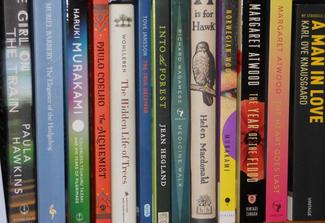
Ultimately there is no test of literary merit except survival, which is itself an index to majority opinion. – George Orwell
They can educate, delight, misinform, console, or simply pass the time. They share our vacations, accompany us through delays at the airport, and help us escape from or bring us closer to the world we inhabit. Whether historical fiction, mystery novels, tales of glamour, or family sagas, for example, best sellers are an important part of the popular culture. They speak to national myths, shape tastes and values, and construct pictures of the world and the people who inhabit it.
This course asks you what kinds of books you enjoy reading. Which authors would you most recommend to friends, and which would you warn friends away from? What do you particularly like or dislike about these books? What kinds of books would you like to see more of? Why? This course also asks what are the trends today, and what do these tell us about the kinds of characters, settings, circumstances, and ideas readers are drawn to. In our examination of the books we love to read, we will consider the role literary awards plays in shaping trends, and we will consider the distinctions made between good literature (the literary novel) and literary pulp (popular fiction), asking how do we distinguish between the two? A novel absorbs us not only because of its content but because of how it is written. To this end, then, our discussions will emphasize form, style, and technique and will appeal to anyone who is interested in the close analysis of fiction.
Reading List:
- Paulo Coelho, The Alchemist
- Muriel Barbery, The Elegance of the Hedgehog
- Tove Jansson, The True Deceiver
- Patrick DeWitt, The Sisters Brothers
- Richard Wagamese, Indian Horse
- Paula Hawkins, The Girl on the Train
- Student-Selected Book
FILM 220: SPECIAL TOPICS IN FILM STUDIES
Professor Jay Ruzesky
